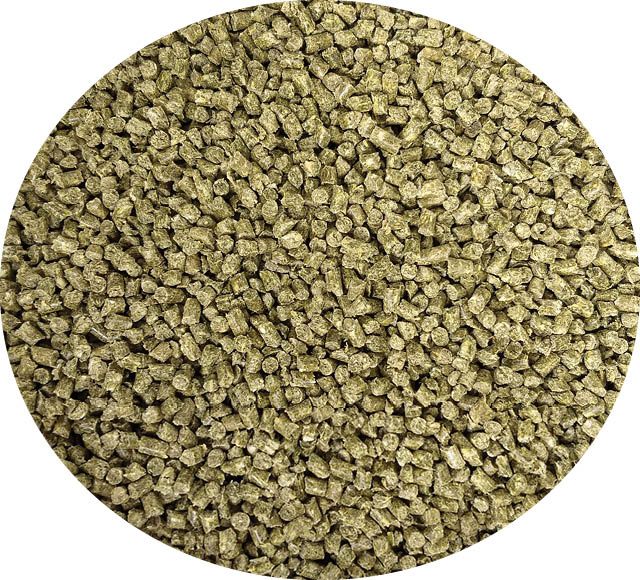Smaragdeidechse
Member
I know that there are a lot of threads like this one out there and you guys get those questions daily, but I would appreciate your help with this very much  .
.
So, I would love to enrich my bird’s diet a bit by feeding pellets additional to her current food. Right now, I feed her a seed mix and fresh greeneries. Unfortunately, she’s not a big fan of vegetables and fruit and barley touches them, but we are working on that. To add additional diversity to her diet I would like to introduce pellets to her. That said, it’s quite hard to find pellets where I live, and they are kind of expensive because traditionally birds get seed mixes plus fresh greens. The only brand I was able to by in-store was NutriBird but honestly, I don’t like them very much: they just smell super sweet and artificial, and I don’t want Lemon to eat something like that .
.
So, I’ve started looking online and those are the brands that are available and the cheapest I could get them excl. shipping:
 .
.
 .
.So, I would love to enrich my bird’s diet a bit by feeding pellets additional to her current food. Right now, I feed her a seed mix and fresh greeneries. Unfortunately, she’s not a big fan of vegetables and fruit and barley touches them, but we are working on that. To add additional diversity to her diet I would like to introduce pellets to her. That said, it’s quite hard to find pellets where I live, and they are kind of expensive because traditionally birds get seed mixes plus fresh greens. The only brand I was able to by in-store was NutriBird but honestly, I don’t like them very much: they just smell super sweet and artificial, and I don’t want Lemon to eat something like that
So, I’ve started looking online and those are the brands that are available and the cheapest I could get them excl. shipping:
- Wisbroek Low Fait Daily (5,80/kg)
- Wisbroek Fruit Blend Daily (6,90/kg)
- ZuPreem Natural Medium (9,15€/kg)
- TOP’s Parakeet Mini (15,45€/kg)
- Harrison Adult Lifetime Fine (22,50€/kg)
- Lafeber Gourmet Pellets Tropical Fruit (22,80€/kg)



